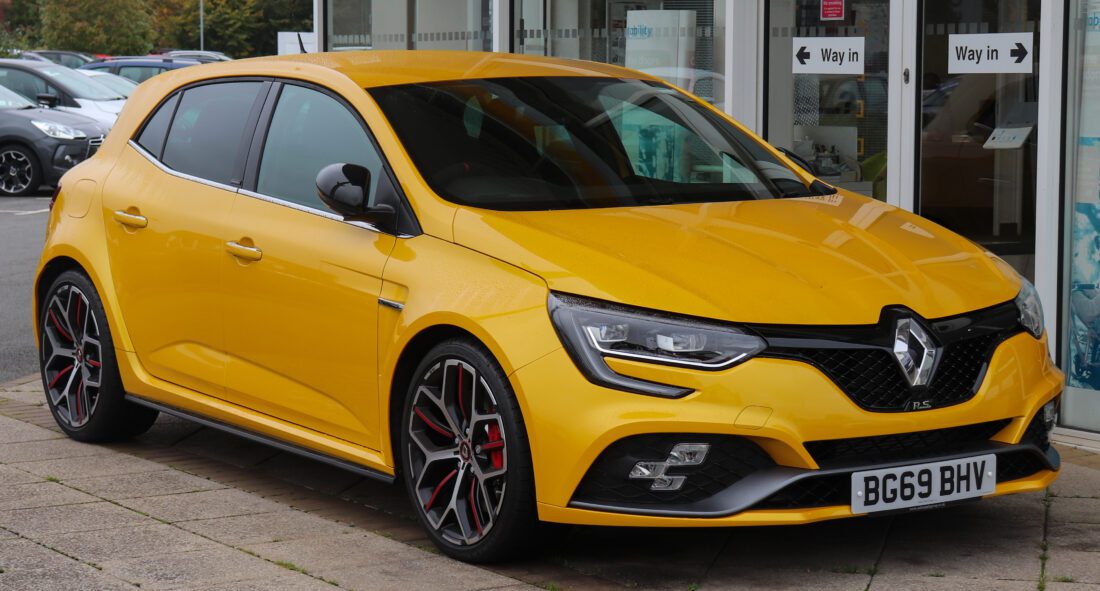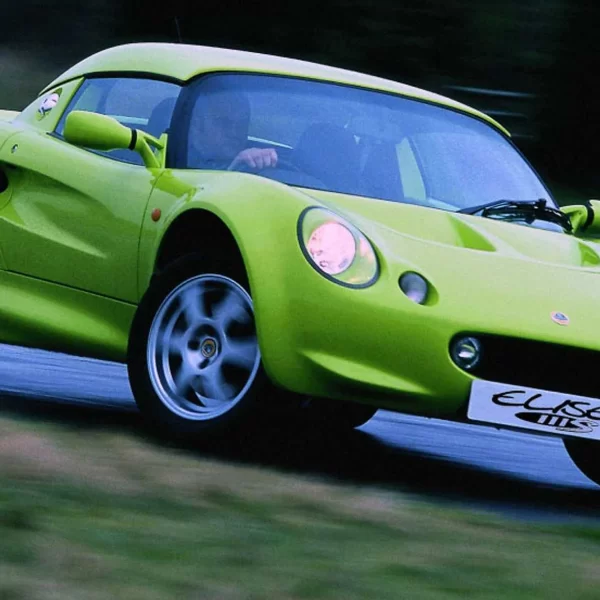
Test drive Renault Megan Renault Sport
- Video
That's why this Mégane Renault Sport surprises too. As long as you lead him calmly, calmly, this is how he behaves. Its engine does not pump up revs, as it also pulls well at idle and in the 1.500 to ignition range, the driver can count on his generous help at any time. It can pull even less at lower revs than many other engine versions of the same car.
There is (unfortunately) no excuse for not being able to move within these speed limits with such a powerful engine. Mégane RS is a car for every day. Understandably, as long as the driver is disciplined in regards to pressing the gas.
As with the Clio RS, the Mégane RS, as we are used to, chassis two, Sports and Cup. Anyone who wants to buy this car and knows that it will only drive on roads that are meant for traffic should choose the Sport. Sport is a very good compromise.
engineering shows that with minor changes to the already known chassis geometry, they managed to achieve greater comfort with greater rigidity (especially on lateral slopes) than in the previous generation Mégane RS, which in practice means that you do not have to suffer from this, even if the driver understands and sees a race track in front of him, not a road.
In this case, perhaps (especially the co-driver), perhaps, all that is needed is stronger and wider lateral grip than very good sports seats.
But. ... After all, if you look at the price list, this is one of the Mégane versions. It's called Renault Sport and apparently also has a range of surcharges option; also for a sports chassis called Cup. But in the case of the Mégane RS, the situation is special: in addition to the additional payment for the cup (in our country it will cost a little less than one and a half thousand euros), the buyer also receives a limited-slip differential and Recar seats.
Ok they are next discs a different look, some nicely chosen interior details in yellow, notched brake discs and red painted brake calipers. And this is just "make-up". It's about the chassis that's gotten even more rigid, the optional mechanical limited-slip differential, and the seats that are still not racing (so they still have acceptable high / low lateral support) but are already stiff enough to flex confidently. in fast corners, stay in the seats.
So if the Mégane RS comes with the Cup package, then we can safely talk about another car. So: Sports for peace of mind, who want to know that the car can safely navigate them through sports races through the bend, and the Cup for those who are athletes at heart and who have focused their whole lives on being on the racetrack as often as possible. if possible. Presumably, the Le Castelet Cup runs one second faster after every kilometer.
No doubt the Cup is still comfortable on the road (barring extreme bumps or potholes) and less familiar than the Sport. The difference, therefore, is even less of a tendency to lateral when cornering if we are talking only about the chassis and the feel of the driver's seat, as well as better cornering (differential lock) and a firmer seating position.
Doesn't seem to forget that the stabilizing ESP (which, besides the normal and sporty level, also has the option of deactivating) is combined with a mechanical differential lock later and slightly interferes with the functions it controls. Among the surcharges that a buyer may wish for, only (one more) should be mentioned: the Renault Sport Monitor multifunction display.
True, in combination with a navigation system, it is not available, but it is definitely something special, at least in this (say, price) class.
shelter the driver controls with the steering lever (the same that controls the audio system) and serves three areas: first, the driver monitors a number of values in real time (engine torque, engine power, accelerator pedal position, turbocharger overpressure, oil temperature, brake pressure and acceleration in four directions); secondly, the driver can adjust the response of the accelerator pedal (five steps) and the moment when light and sound indicate the approach of engine speed to the switch; thirdly, the toy also serves to measure the lap time and acceleration from standstill to 400 meters and 100 kilometers per hour.
I say "toy" because, at least until the driver is warmed up, it is, because there is very little time for serious driving around the edge of the car, the driver, and the boundaries of the race track at key moments when some information might be interesting. But since the cover costs "only" 250 euros, it's definitely worth it, and with it, the Mégane RS is an even more fun car.
This is also the main goal of all cars that want to be sporty. Mégane RS wants to be different from each of them; for example, more aggressive than the Golf GTI, friendlier than the Focus RS, and so on. But one thing is true: no matter how you imagine it, the RS is a fun and rewarding machine for every day and cornering fun.
A great engine helps a lot - without it, the RS would certainly not be able to give such a complete picture.
Mégane RS – differences and technology
This time the Mégane RS is based on a coupe (the previous generation, if you remember, first came with a five-door body) and differs from it from the outside with bumpers (in the front it is difficult not to notice an F1-style spoiler and LED daytime running lights), widened fenders and overlays on side skirts, a diffuser at the rear, a central exhaust pipe and a bulky spoiler at the end of the roof.
Inside, it differs from other Mégane cars with a slightly different color combination, sportier seats with a lower seat point, leather on a different steering wheel (with yellow stitching on top) and a different shifter, a yellow tachometer. , aluminum pedals and – just like on the outside – many Renault Sport badges. In case you haven't noticed: the ever-used name Renault Sport is gradually becoming the official RS.
Technique! The front axle has been redesigned (with an independent steer axle like the Clio RS and a range of aluminum components) and both axles are stiffer. Therefore, the stabilizers were thickened and different springs and shock absorbers were used. Brakes are Brembo discs 340mm front and 290mm rear. The steering wheel has also been redesigned to be straighter, give better feedback, and its electronics have been re-programmed.
The transmission ratios are shorter and the shift feel is improved. Finally, the engine. It is based on the previous generation of this model, but thanks to changes (turbocharger, intake camshaft angle flexibility, electronic program, intake air and engine oil cooler, intake ports, pistons, connecting rods, valves, only a quarter of new components) more power (by 20 " horsepower ") and torque, and 80 percent of the torque is available at 1.900 rpm. The engine and front axle are, without a doubt, in theory and practice the most striking elements of excellent technology.
Renault Sport Technologies
This company operates under the Renault brand in three main areas:
- design, development and production of serial Renault RS sports cars;
- production and sale of racing cars for rallies and high-speed races;
- organization of international cup competitions.
Vinko Kernc, photo: Vinko Kernc
